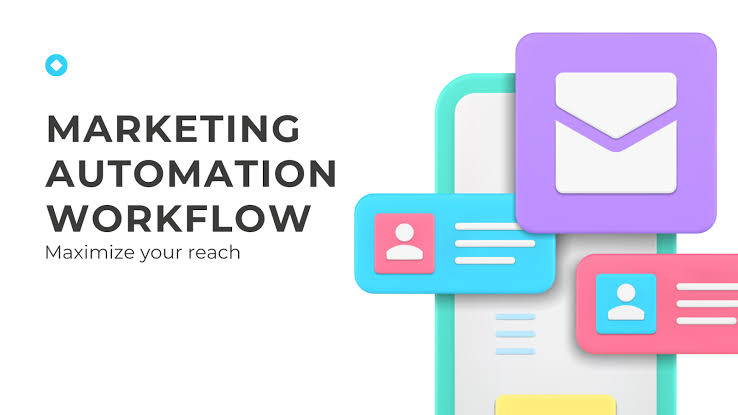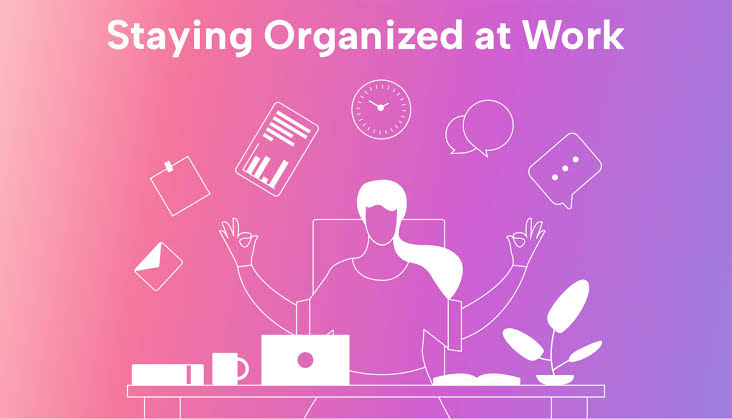As of June 2025, marketing automation has become an essential part of every competitive digital marketing strategy. With the rapid evolution of AI, machine learning, and customer data platforms, businesses can now automate more tasks than ever before—without sacrificing personalization. Automation helps marketing teams save time, reduce repetitive tasks, increase efficiency, and most importantly, drive better results across campaigns.
However, to fully unlock its potential, automation must be used strategically. This article explores the most effective and up-to-date marketing automation tips to streamline workflows, improve engagement, and boost overall productivity.
Map Out Your Customer Journey Before Automating
Before implementing any automation, it’s crucial to understand the customer journey. What does your ideal lead path look like—from awareness to conversion? In 2025, consumers expect a seamless and personalized experience across all touchpoints. Mapping the journey allows marketers to identify which steps can be automated and where human interaction is still essential.
Use tools like customer journey mapping software, CRM analytics, and behavior tracking to visualize how users interact with your brand. Once the stages are clear, align automation tasks such as email sequences, lead scoring, and retargeting ads to support each phase efficiently.
Choose the Right Marketing Automation Platform
The choice of platform can make or break your workflow efficiency. In 2025, leading tools like HubSpot, ActiveCampaign, Mailchimp, Klaviyo, Salesforce Marketing Cloud, and newer AI-native platforms like Ortto and Brevo offer a wide range of automation features. Selecting the right one depends on your goals, audience size, integrations, and budget.
Look for platforms that support omnichannel campaigns, provide user-friendly workflow builders, and offer advanced segmentation. Integration with your CRM, analytics, and e-commerce tools is also essential for maintaining data accuracy and campaign fluidity.
Segment Your Audience for Hyper-Personalization
Segmentation has moved beyond demographics. With data enrichment and behavioral tracking in 2025, you can now create highly nuanced audience segments based on real-time actions, preferences, purchase history, and predictive analytics.
Use automation to trigger dynamic campaigns that adapt to user behavior. For example, if a visitor browses a product but doesn’t purchase, an automated follow-up email or SMS with a limited-time offer can be sent. This kind of real-time, context-aware automation increases engagement and reduces drop-off rates.
Automate Lead Nurturing with Drip Campaigns
Drip campaigns remain one of the most effective automation strategies for nurturing leads. By sending targeted messages over time, you can guide prospects through the funnel without overwhelming them. In 2025, AI-powered drip sequences can dynamically adjust messaging based on user engagement and conversion likelihood.
Use your platform to set up welcome series, onboarding flows, product education messages, and re-engagement campaigns. Keep the tone conversational, content valuable, and CTA clear. Testing different flows and subject lines can help optimize open rates and conversions.
Use AI-Powered Content Recommendations
AI is revolutionizing how content is personalized at scale. Many automation platforms in 2025 now include machine learning tools that recommend content based on user behavior, interests, and browsing patterns. This includes personalized blog posts, product suggestions, webinars, and email content blocks.
By automatically serving tailored content to each user, marketers can maintain relevance and improve engagement. This not only saves time but also enhances the user experience, leading to higher ROI and stronger customer retention.
Integrate Chatbots and Conversational AI
Chatbots and conversational marketing tools have become indispensable. With advanced natural language processing (NLP), bots in 2025 can handle more complex queries, qualify leads, schedule meetings, and even initiate automated workflows.
Deploy chatbots on key landing pages, product sections, and during high-traffic campaigns. Integrate them with your CRM so the data collected can trigger personalized follow-ups or sales alerts. Automation here reduces pressure on human agents while ensuring instant, 24/7 support for visitors.
Streamline Social Media Scheduling and Monitoring
Managing multiple social media platforms manually is inefficient. Use automation tools like Buffer, Later, Hootsuite, or Sprout Social to schedule posts in advance, monitor engagement, and analyze performance. In 2025, these tools offer AI-assisted scheduling that recommends optimal posting times and content formats for each platform.
Automation can also be used to respond to frequently asked questions, auto-publish user-generated content, and tag posts based on sentiment or campaign performance. This keeps your brand active and responsive without exhausting your marketing team.
Implement Automated A/B Testing
Testing is vital for optimization, but manually running A/B tests can be tedious. Most automation platforms now offer automated A/B testing features that analyze performance in real-time and adjust campaigns accordingly. These include email subject lines, landing page formats, CTA button colors, and ad creatives.
Use machine learning to automatically identify the best-performing elements and refine your approach on the fly. In 2025, marketers are expected to rely less on instinct and more on data-driven experimentation made easier by automation.
Automate Analytics and Reporting
Generating reports manually is time-consuming and often leads to outdated insights. Use automation to deliver real-time dashboards and scheduled performance reports across channels. Tools like Google Looker Studio, Tableau, and platform-native analytics now support automated data pulls and visualization.
Customize dashboards to show KPIs most relevant to your goals—such as conversion rate, customer lifetime value, engagement scores, and ROI. Schedule weekly or monthly reports to be sent directly to stakeholders, allowing your team to focus on strategy instead of spreadsheets.
Maintain a Human Touch in Key Interactions
While automation enhances efficiency, it’s important to strike a balance. Some touchpoints still require a personal approach—such as high-ticket sales conversations, customer success check-ins, and brand storytelling. In 2025, the most successful marketers are those who blend automation with authentic human interaction.
Set up workflows that route important leads to human agents and use automation to support—not replace—your brand voice. Customers value personalization, but they also value being heard by a real person when it matters.
Conclusion
Marketing automation in 2025 is more intelligent, adaptive, and essential than ever. When implemented thoughtfully, it can streamline your workflow, personalize customer experiences, and significantly boost your team’s productivity. However, the key lies in strategic use—automating the repetitive while keeping critical interactions human.
By mapping your customer journey, selecting the right tools, segmenting audiences smartly, and leveraging AI responsibly, you can build a future-ready marketing system that runs efficiently while driving meaningful results.



